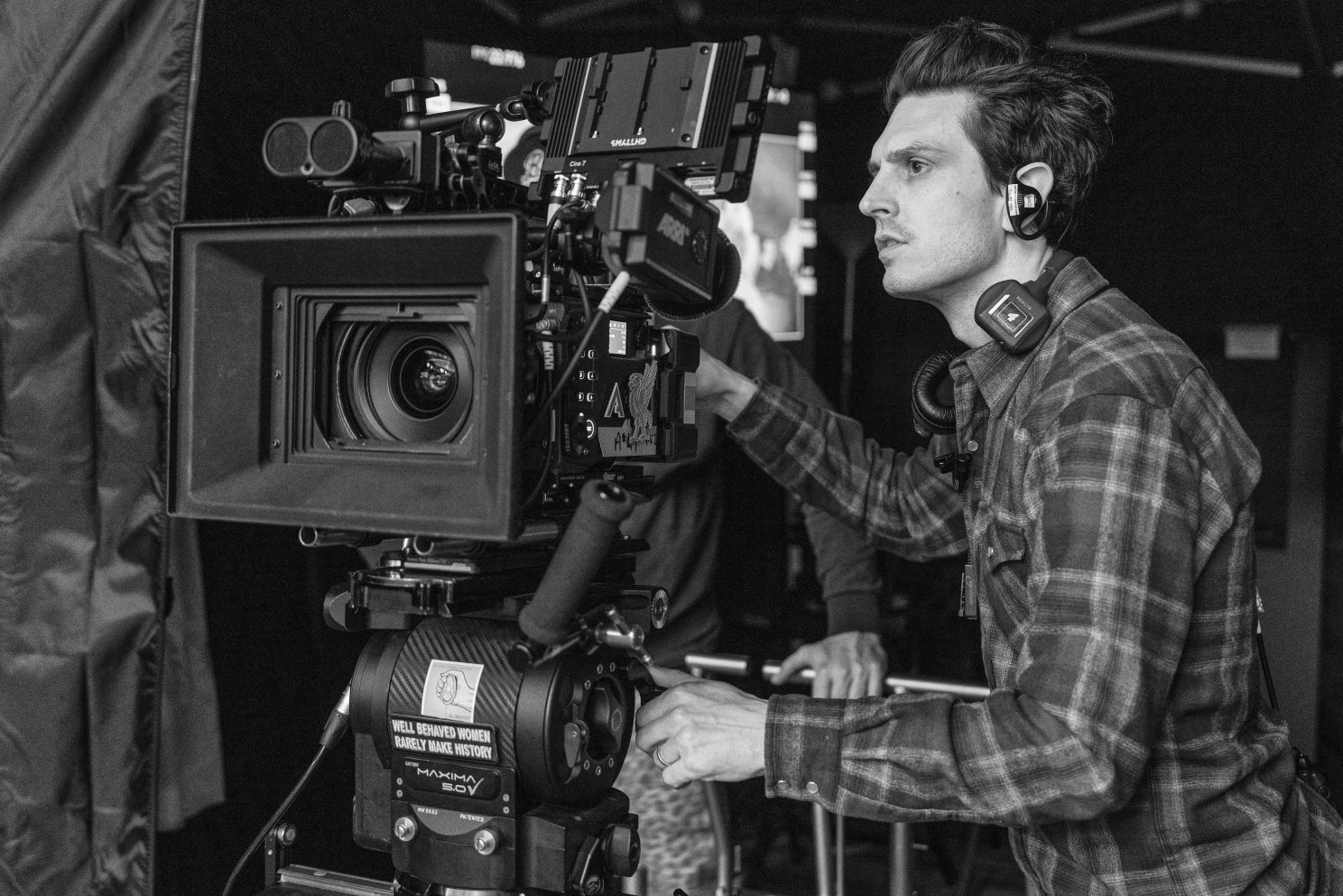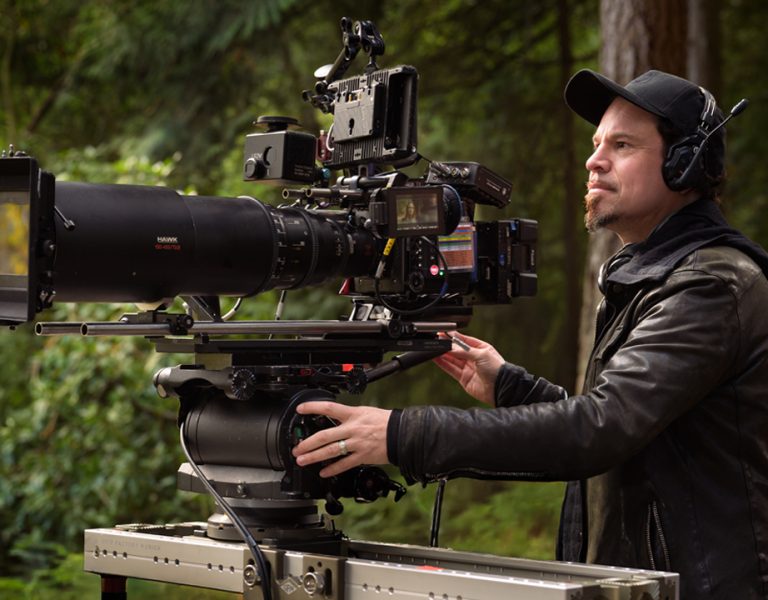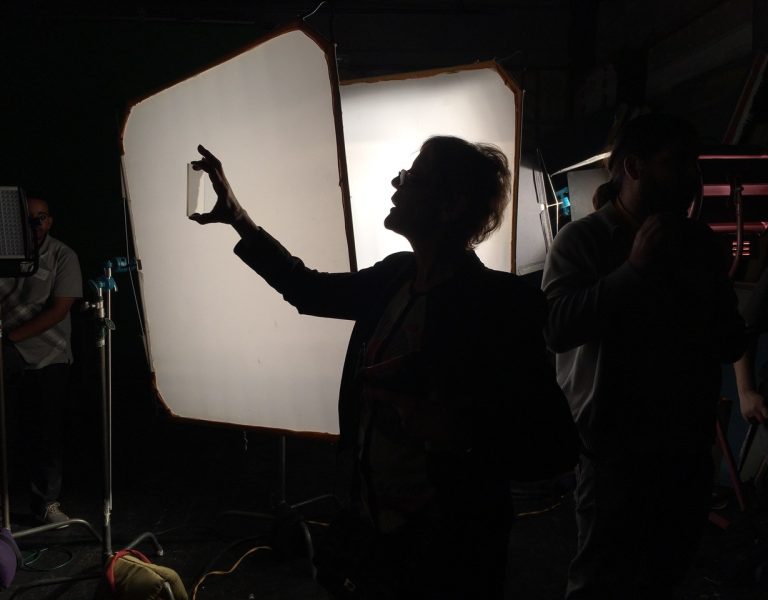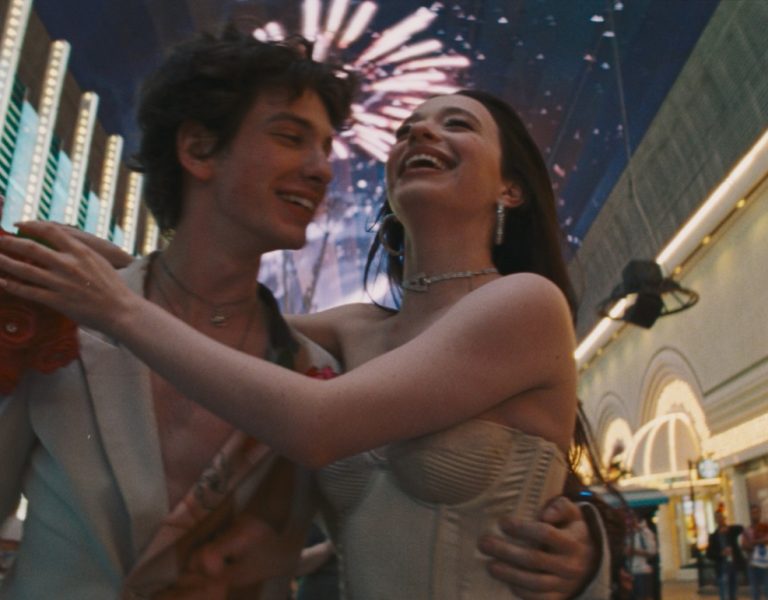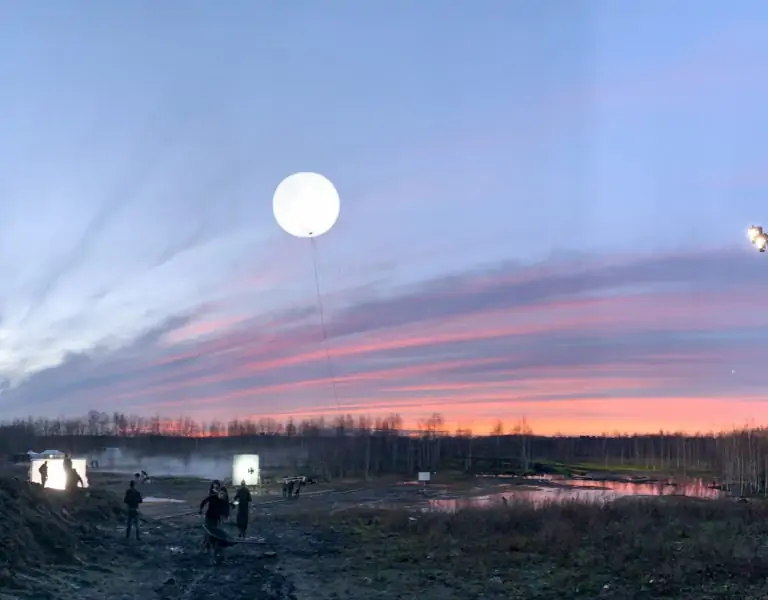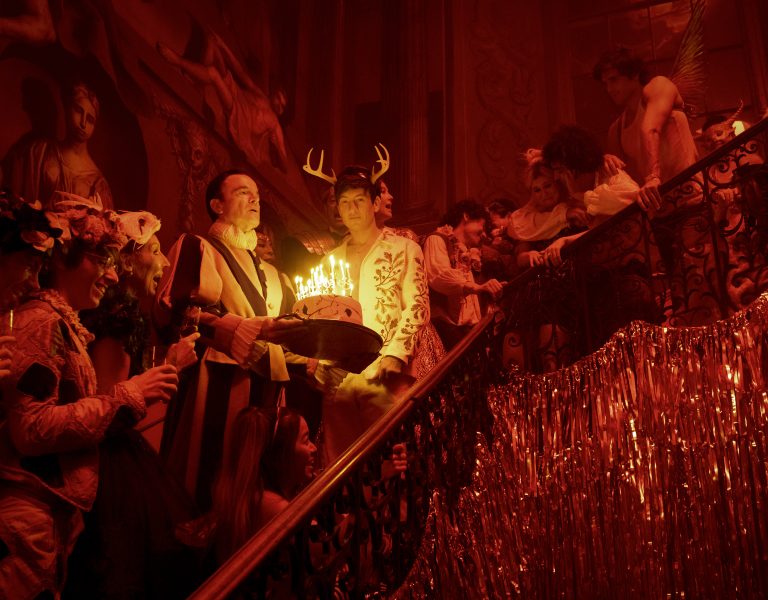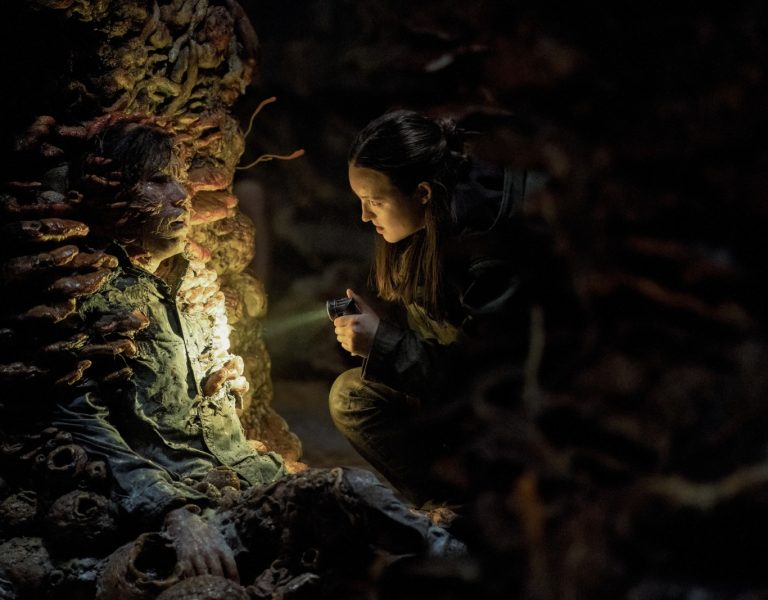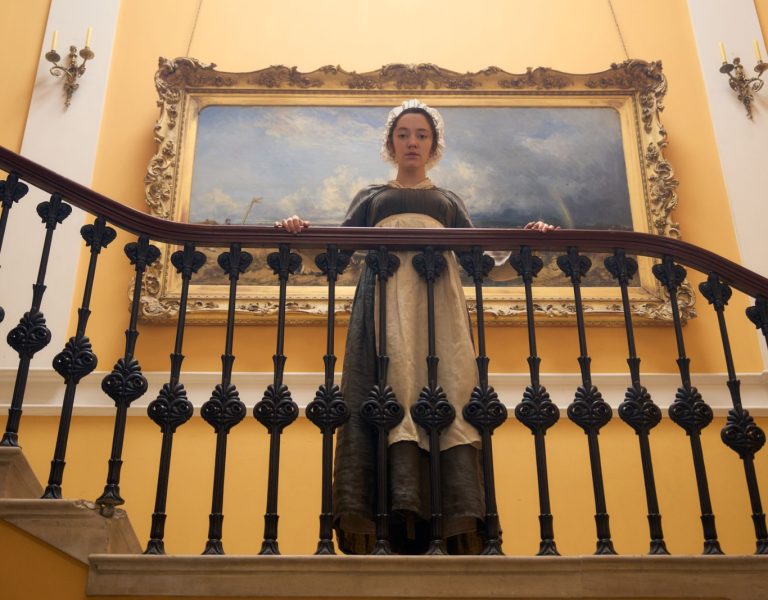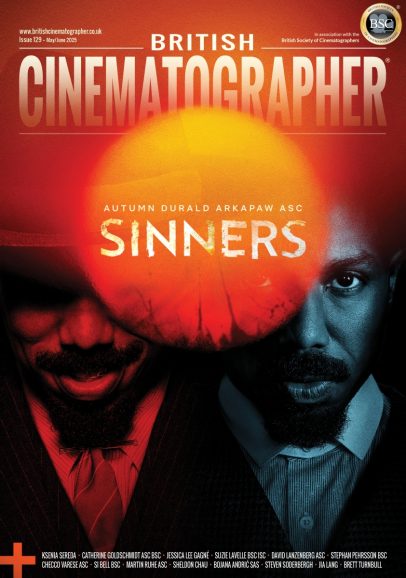CAPTAIN CHAOS
The Franchise pulls back the curtain on the chaotic and unpredictable world of a superhero film franchise. Cinematographer Carl Herse gives the inside scoop on a show that stands out for its “unique” approach.
Lights, camera, inaction! Forget explosive battles and high-speed chases—this series satirises the chaotic, often stalled process of making a film in a world unmistakably Marvel-esque.
Created and written by Jon Brown, with Sam Mendes and Armando Iannucci as executive producers, this eight-part Max series follows Daniel (Himesh Patel), the first AD, as he navigates the daily challenges of working on Tecto: Eye of the Storm, part of a larger superhero film franchise. Lensed by Carl Herse, Eben Bolter ASC BSC and Maja Zamojda at Leavesden Studios, the former used the ARRI Alexa 35 with Panavision VA lenses in a 2:1 aspect ratio. He says “from a visual standpoint”, his hope was to try and tell this story through the eyes of the primary character, Daniel, whose unrelenting goal is to keep the cameras rolling.
“This is a relatable task, as cinematographers share the responsibility with the AD team of keeping projects on schedule,” explains Herse. “I felt the camera should be informed by the old film adage ‘hurry up and wait.’ Daniel represents momentum—or the lack of it—so we developed a style in which the camera stays locked to his inertia. When Daniel moves, the camera moves with him, but as he’s tripped up by external obstacles, like the director, actors, producers, and studio head, the audience feels the staccato, bumper-car nature of his struggle.”
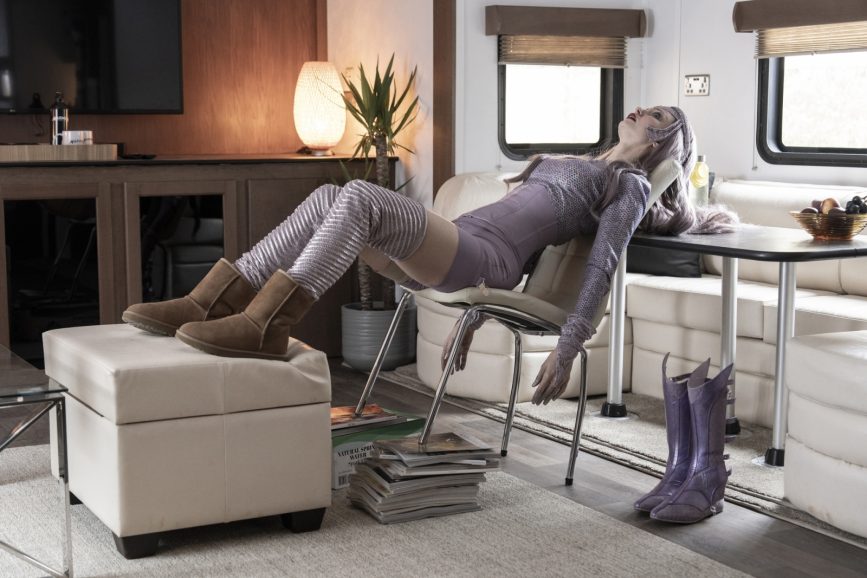
Bright ideas
Herse says The Franchise was also unique in that not only were the sets within the sound stages meant to be lit as if they took place in the making of this giant superhero series “that is kind of the backdrop of our show”, but the actual sound stages themselves were also the set.
“So, normally, when you’re lighting a sound stage, you focus on lighting the sets themselves and within the sets,” Herse adds. “But in our case, the entire sound stage and the studio that surrounds the sound stage is all our set.”
Herse worked with gaffer Toby Tyler and his team to create a believable environment for the Tecto sets, ensuring they also acted as practical lighting sources to illuminate the crew, even when the camera moved away.
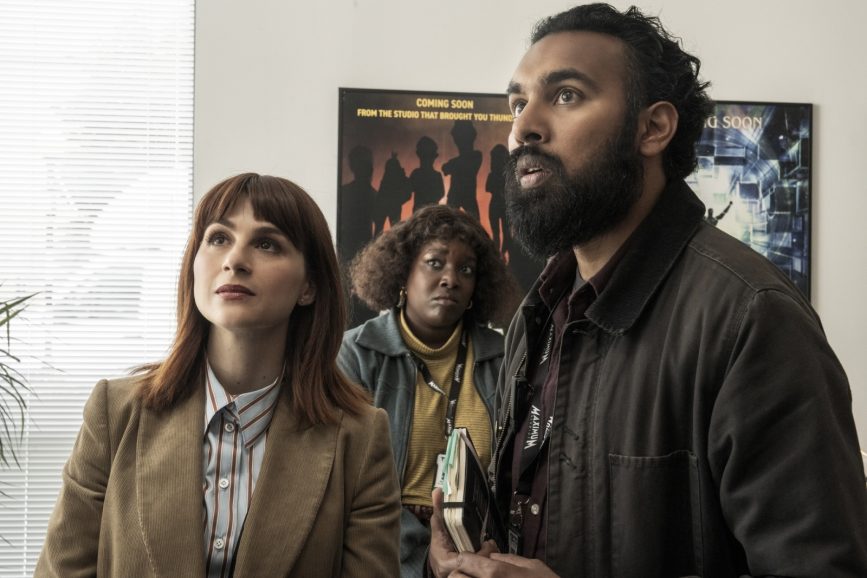
Inspired by the mundane
Herse says the team had to imagine lighting scenarios serving The Franchise, showing the behind-the-scenes drama. But in front of the cameras, it also needed a believable world that felt like a multi-million-dollar superhero movie.
“We spent time working with the art department, trying to build sets that were really massive in scale, using effects that you would see on superhero movies like water and wind and fire and things that had a lot of production value,” he continues. “We were always joking about when you see the behind-the-scenes of how these giant superhero shows, they’re often kind of deceptively simple because it’s like a bunch of people in superhero costumes standing in front of big green screens and blue screens. We took advantage of that comedically and also visually for scale by building these sets that had giant expanses of blue screens and green screens.”
The crew worked closely with the art department to ensure backgrounds featured set pieces or behind-the-scenes activity, like film equipment.
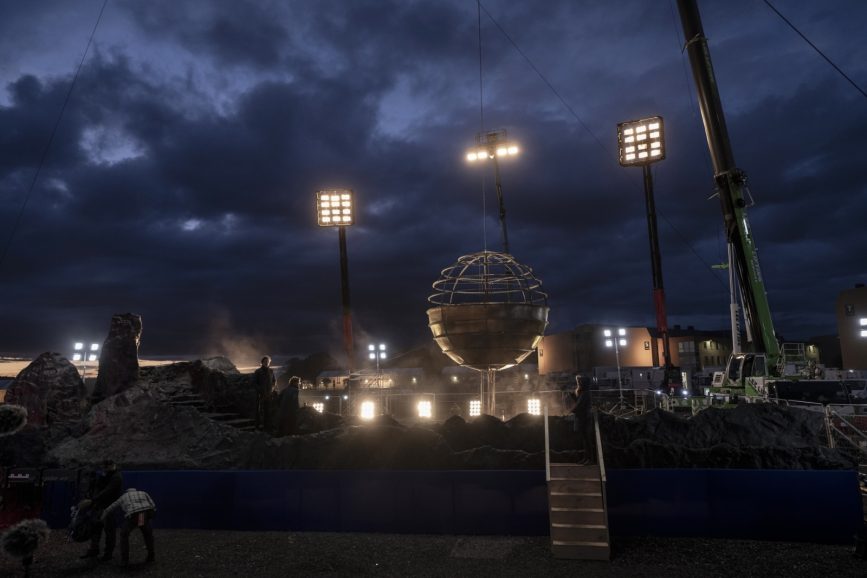
“Something Sam and I talked about a lot is how most filmmaking is a relatively dull experience,” Herse reveals. “There’s a lot of big action set pieces happening in front of the lens, but just as much of your day is spent sitting in little production offices and standing around a craft service table or waiting outside of a studio lot or the actor’s trailer. All this stuff is the opposite of what you’d call Hollywood glamour and we wanted to tell that story as well.”
A reference was the quiet, mundane shots in The Office, like a printer printing documents. The team aimed to replicate this for the film, capturing everyday moments with comedic, behind-the-scenes authenticity.
“We would set up little vignettes that would tell a story of a couple of people hanging out by the craft service table or background people vaping electronic cigarettes on the side of the sound stage, stuff like that, trying to build out little vignettes that were authentic to what moviemaking is often actually like, but also served a kind of comedic purpose,” Herse adds.
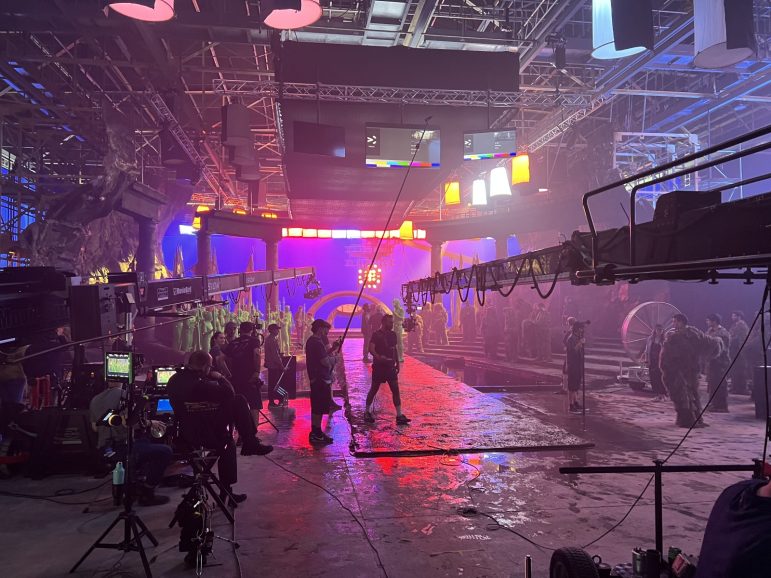
Not all heroes wear capes
Herse says another unique aspect of The Franchise is that the blue and green screens are intentionally left visible, not as VFX composites.
Instead of lighting them neutrally for easy keying, the team used techniques to create visual interest in the colours, reflecting how the audience would perceive them.
“Normally, you light a blue screen really evenly with a neutral colour so that they can easily key the image,” he says. “But for us, we would use atmosphere and coloured light so that a blue screen would have a variance from blue into purple or yellow or something so that the background still retains some interest, and it just wasn’t a flat, plain field of blue.”
What’s more, Herse was nominated for an ASC award for episode one Scene 31A: Tecto Meets Eye.
“Carl has that special mixture of things that all the best cinematographers seem to have: an amazing eye, a sense of inner calm, a total lack of ego, and superb taste,” says Mendes. “I only hope he has the chance soon to demonstrate what he is capable of on a giant screen.”
